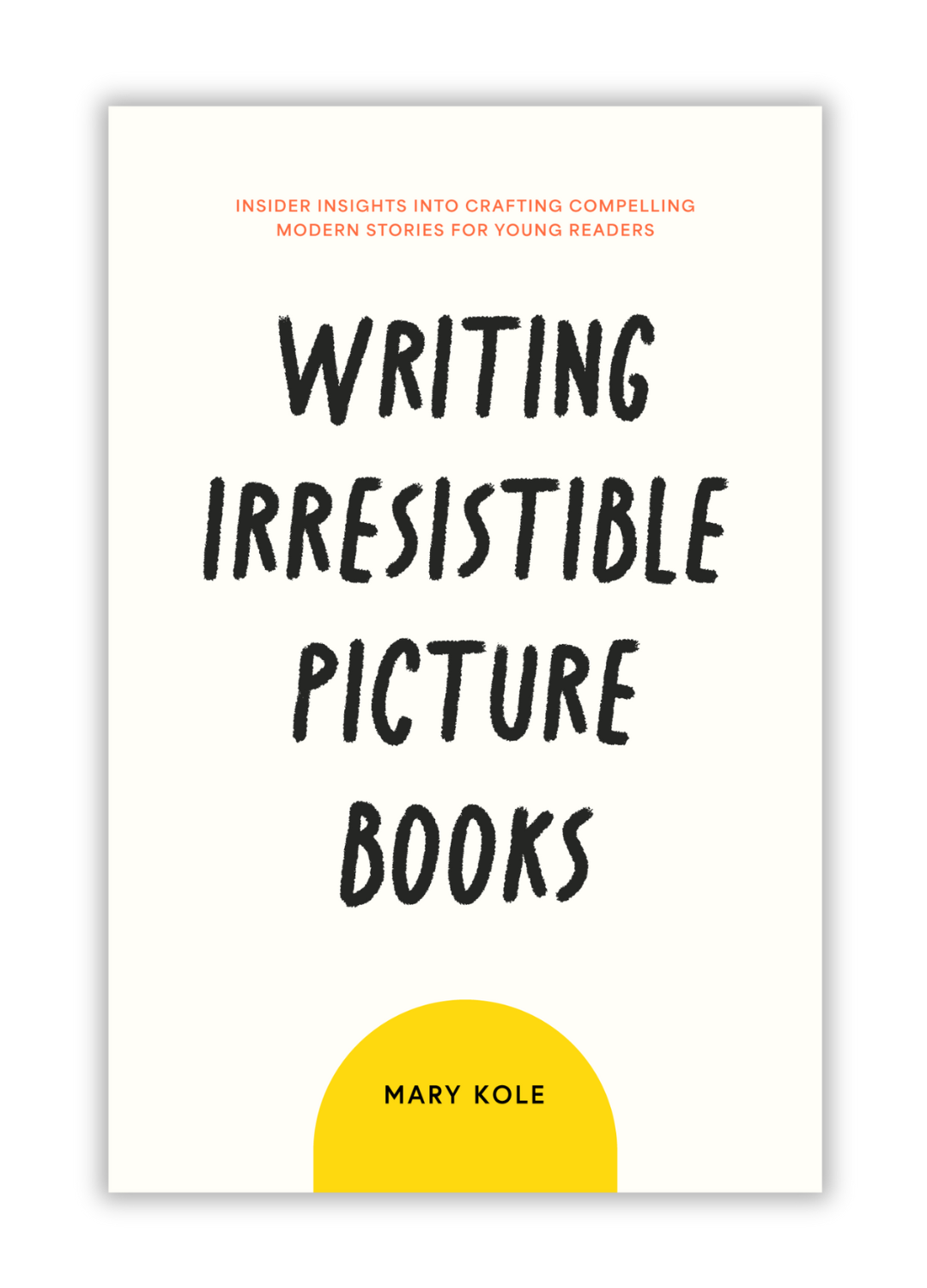Writing a Picture Book Story
By Mary Kole
Mary Kole is a former literary agent, freelance editor, writing teacher, author of Writing Irresistible Kidlit, and IP developer for major publishers, with over a decade in the publishing industry.
A picture storybook is a unique and specific type of children’s book. Unlike traditional children’s books like picture books, early readers, chapter books, and middle grade novels, a picture storybook relies on the combination of words and images to convey a narrative, but it is distinct from a picture book. Confused yet? Don’t worry. I’ll clear everything up. A picture storybook can be good for capturing a child's attention and sparking their imagination.
That said, writing a picture storybook is challenging and requires a lot of dedication and intention. If you're passionate about this small category of books for young readers, and want to try your hand at writing a picture storybook, this article is for you. I’ll explore the parameters to keep in mind while writing a picture storybook, including page count, age range, and word count.
How to Write a Picture Storybook
The first consideration when you want to write a picture storybook is the age range of the protagonist. Generally, for picture storybooks, the protagonist is a child or an animal that thinks and acts like a child. Keep in mind, your target audience is kids from five to eight years old, so you want your protagonist to be relatable and likable to kids in that target audience. This is generally a bit older than the picture book age range. Make their adventures fun and engaging, with relatable experiences, discoverable wonders, and incredible escapades that can be communicated in a relatively simple story structure.
Another essential parameter for writing a picture storybook is the page count. Typically, picture books have around 32 pages, but a picture storybook can be a bit longer, to reflect the slightly older intended audience. In a picture storybook, half of the work is dedicated to text, and the other half to illustrations. Sometimes these are separated, with illustrations on one page, and text on the opposing page. Use your discretion and create a story arc that fits that number of pages so you can complete the book successfully and with a satisfying resolution. Being concise and straight-to-the-point with your narrative structure will help you hook your reader.
Another factor to consider when writing a picture storybook is the word count. The story in your picture storybook should be compelling, but without complex subplots and other complicating factors, and should not seem too lengthy for the target age group. Young children have a short attention span, so shorter stories are typically more effective. Keep the word count between 600 and 1,200 words for a picture storybook, which is longer than the target picture book word count.
Picture Storybook Drawbacks
The picture storybook publishing market is almost nonexistent, making it challenging to succeed in this category. However, it doesn't mean that writing a picture storybook isn't the right choice for you, especially if you don’t see your story idea succeeding as a picture book or early reader, which are the two categories on either side of a picture book in terms of age range and word count. Even though there isn't as much interest from traditional publishers in this market, you may be able to make a case for yourself. To stand out, engage your audience with a relatable character, heartwarming storylines (that aren’t moralizing), and beautiful visuals. Invest in an excellent illustrator to give your story the visual appeal it deserves, especially if you plan to self-publish. You don’t need to hire an illustrator if traditional publishing is your goal, as the house will pay for one when you get a book deal.
If you're going to write a picture storybook, you must love and appreciate every moment of the creative process. Writing a picture storybook requires dedication and long hours of work, but when it's done right, it's a fulfilling and satisfying experience. Be mindful of your audience, your storyline, and your characters, and continue to work hard until you get the execution just right, with an appealing theme for your target audience.
Writing a picture storybook allows you to share your imagination with young readers and inspire them in a big way. Aspiring writers should embrace this category and invest time, dedication, and passion into it. While the market may be very limited, the demand for good children’s books remains high, so go ahead and write that picture storybook! With the right preparation and best practices, you can stand out from the crowd and create a masterpiece that will captivate young minds for generations.

Click here to purchase Writing Irresistible Picture Books, my book on children’s picture books. This comprehensive guide is crammed with craft advice and groundbreaking original research, including a survey of 1,000 upcoming picture book deals, a breakdown of 80 modern and marketable picture book topics, and in-depth analysis of over 150 published picture books.



